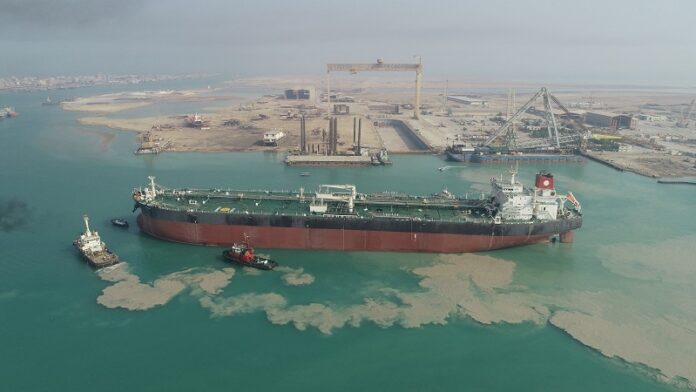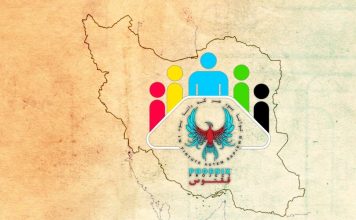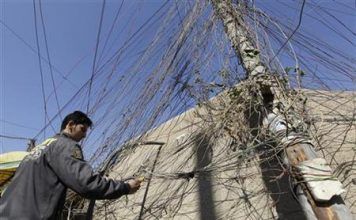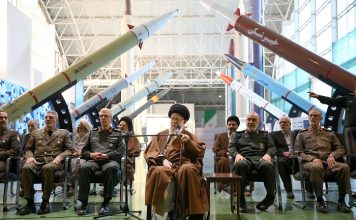
By Mircely Guanipa
PUNTO FIJO, Venezuela, Feb 3 (Reuters) – State firms from Iran and Venezuela will start in the coming weeks a 100-day revamp of the South American nation’s largest refining complex to restore its crude distillation capacity, four sources close to the plan said.
The effort by state oil firm Petroleos de Venezuela (PDVSA) and the state-owned National Iranian Oil Refining and Distribution Company (NIORDC) to boost fuel output at the Paraguana Refining Center marks a step toward ending Venezuela’s reliance on U.S. refinery technology, the sources said.
Venezuela, which has the world’s largest crude reserves, has struggled in recent years to produce enough gasoline and diesel due to refinery outages, a lack of investment and U.S. sanctions that create obstacles for imports. Long lines at gasoline stations have been common since 2020.
Tehran has strengthened ties with Caracas in recent years, providing crude and condensate as well as parts and feedstock for Venezuela’s aging 1.3 million barrel per day oil (bpd) refining network.
Company Linked to Iranian Defense Ministry Opens Supermarket in Venezuela
A unit of NIORDC signed a 110-million-euro contract with PDVSA in May to repair Venezuela’s smallest refinery, the 146,000-bpd El Palito in the center of the country, a project that is currently underway.
The companies are now expected to sign in the coming weeks a 460-million-euro contract to revamp the 955,000-bpd Paraguana refinery complex on the coast of western Venezuela, according to the sources.
Iran’s Foreign Minister Hossein Amirabdollahian arrived in Caracas on Friday and met Venezuela’s oil minister Tareck El Aissami, according to tweets from the Iranian embassy in Caracas and Venezuela’s oil ministry.
The embassy did not answer calls seeking comment on their talks. PDVSA, NIORDC and Venezuela’s oil ministry did not reply to requests for comment.
EXCLUSIVE – China’s CCPC Takes Centre Stage in Iran, Venezuela Oil Trade-Sources
The Paraguana revamp project will allow NIORDC to hire contractors and outsource work to repair five of the complex’s nine distillation units, which do the primary refining of crude oil, the four people said.
Paraguana – composed of the Amuay and Cardon refineries – operated at 25% of capacity this month even after the restart of Amuay’s catalytic cracker, a key unit for gasoline.
Iran will be in charge of parts procurement, installation and inspection before handling the refinery’s operations back to PDVSA, two of the people said.
The planned distillation unit overhaul will combine Chinese and Iranian parts and equipment in refineries originally built with U.S. technology, the sources said. The integration of the new and old components will not be easy, they added.
If the revamp succeeds, a larger overhaul could follow in 2024 and 2025, according to the sources.
“If the distillation plants do not work, the refinery does not work,” said Caracas-based energy expert Nelson Hernandez. “The whole facilities need to pass through a revamp or a major maintenance program.”
A QUARTER OF CAPACITY
A project to restore the complex’s dilapidated power supply is also planned as part of the revamp, according to the sources.
Crude supply to the Amuay and Cardon refineries could be modified to increase motor fuel output, as NIORDC did at El Palito, where Iranian oil was added to the refinery’s feedstock, the people said.
Iran’s technicians also are considering adding upgraded crude from the Petromonagas project, a PDVSA joint venture with a Russian state oil company, one of the people added.
“They are aiming to eliminate lines for gasoline. That is what they want, to stabilize domestic supply,” another source said of Venezuela’s Socialist government.
The Iran-flagged cargo vessel Golsan arrived in Venezuela this month carrying equipment, Refinitiv Eikon data showed. The ship made a first stop at La Guaira port, near Caracas, and proceeded to PDVSA’s Jose port, near the Puerto la Cruz refinery in eastern Venezuela, according to the data.
Reuters was not immediately able to determine what the vessel discharged at Jose.
Venezuelan Troops Moving to Border With Russia, Iran Help -Colombia Minister
Israel Accuses Iran of Providing Munitions for Drones Supplied to Venezuela
IRANIAN WORKERS
Iranian technicians have inspected Venezuela’s refineries several times in the last year to prepare for the arrival of at least 400 Iranian workers who will work alongside between 1,000 and 1,500 local staff and contractors, the sources said.
Venezuelan officials have been assigned the task of finding temporary housing and vehicles for the workers, including the possibility of building a camp close to Paraguana, one of the sources said.
A firm date for the Iranian workers’ arrival has not yet been communicated to Paraguana’s staff, according to the sources.
During the El Palito revamp, PDVSA sent home hundreds of Venezuelan workers to make way for the Iranian technicians, which triggered protests. A separate group of contractors claiming they have not been paid for work at Paraguana since 2021 also have protested recently.
“We’ve been criticized, told we are bad or inexperienced professionals,” said one Venezuelan worker from Paraguana who asked not to be named for fear of retaliation. “We’ve been forced to produce in the most difficult conditions. Yet, we have delivered.”
PDVSA has not commented publicly about the situation and did not reply to Reuters’ questions on the status of labor claims.
ANALYSIS: A Marriage of Convenience Bolsters Iran’s Mideast Presence
(Reporting by Mircely Guanipa, writing and additional reporting by Marianna Parraga in Houston. Additional reporting by Deisy Buitrago in Caracas and Tibisay Romero in Valencia. Editing by Gary McWilliams and Daniel Flynn)











